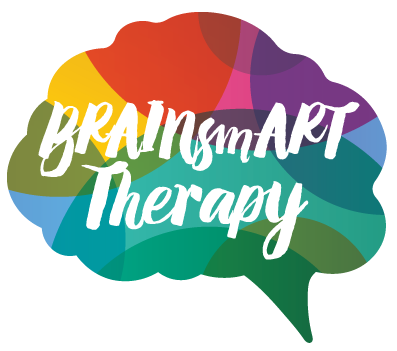Introducing Cross Modal Therapies: the trauma informed BrainsmART therapy for Integrating SELF
Originally posted January 2013
As a creative artist and Ph.D.
What does neuroscience, art, music, expressive dance, and memoir writing have to do with therapy? And what does therapy have to do with writing your own story? It is our story that we bring to a therapy session. We sit and try to express bits and pieces of it in an hour and if we are lucky the therapist- who does not know all the facts- can help us re-write the scenes and events and change the images in our mind that disturb us- so we can leave and make sense of the chaotic mess of emotions we walked in with.
It’s not a selfish ego trip to be interested in regulating the disturbing imagery of our minds, the feelings in our body, or the scenes of our life. Rather, it is quite courageous to repair or rewrite what is happening to us in our lives using all the creative tools therapy should give us.
But we utilize the nonverbal right brain’s autobiographical pathway to access
Good ‘BrainSmART therapy has more to do with becoming an active co-creator of our life’s circumstances rather than a passive recipient of life’s unpredictable challenges. We may not be able to fix or even re-arrange all the pieces of each ‘scene’ that comes our way, but we can regulate our emotions, attune our awareness and increase our mental resiliency during the therapeutic creative process.
Read more about my Cross modal courses for professionals and the Four Module certification program in Cross Modal Therapies for Trauma at http://www.cmteonlineclasses.com
Read more about why writing your story, finding meaning for the pieces of your life, and repairing your self outside of the therapy suite can be facilitated by writing your memoir at http://memorywritersnetwork.com/blog/ten-reasons-boomers-should-write-their-memoir/

